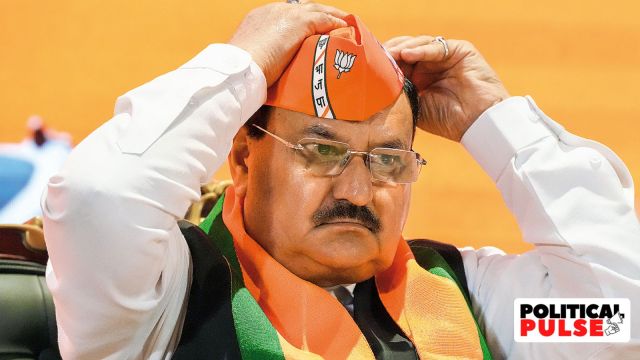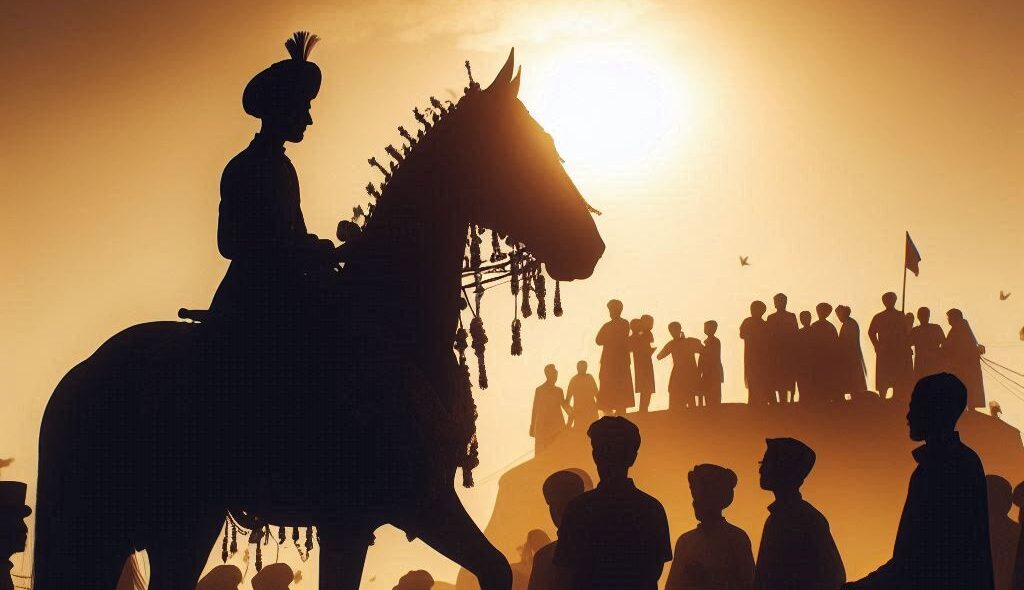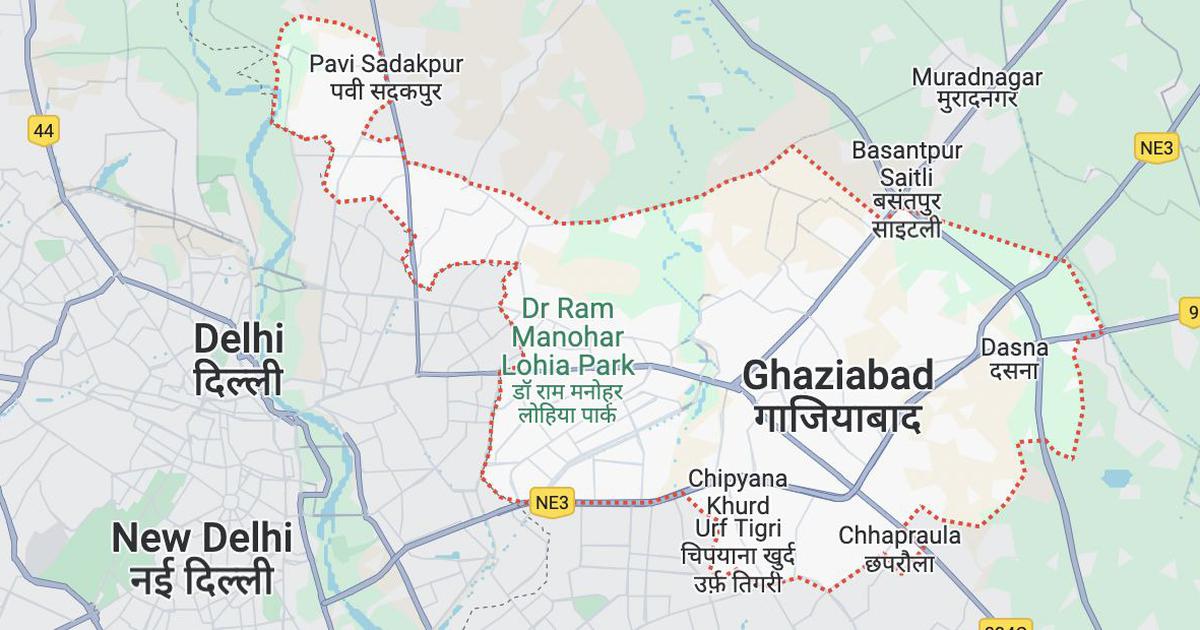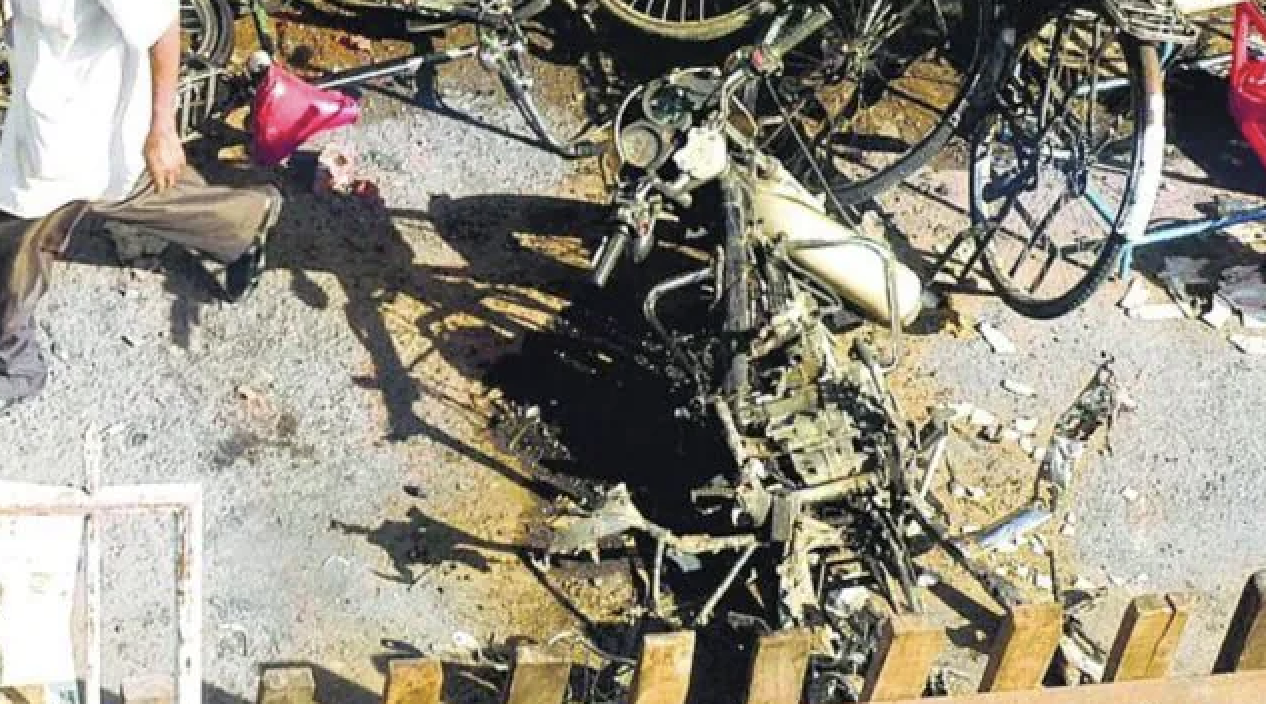
By Shoaib Daniyal
In August, Shrimant Kokate, a historian and one of the leaders of the Maratha movement for reservation in jobs and education, claimed a threat to his life from the Sanatan Sanstha, an extremist Hindutva group whose members have been linked with the murders of rationalist thinkers such as Narendra Dabholkar, MM Kalburgi, Gauri Lankesh and Govind Pansare.
That month, the anti-terrorism squad of the Mumbai Police said they had recovered a list titled “dharmadrohi”, or betrayers of religion, which contained the names of police officials as well as Kokate. Kokate argues that he is being targeted because of his work as a historian, which portrays 17th-century Maratha king Shivaji as a secular monarch interested in the welfare of peasants, as opposed to the Hindutva version where Shivaji is seen to be an exclusively Hindu king fighting Muslims to protect Brahmins.
While this debate has taken on a new urgency with the alleged threat to Kokate, the tussle over the memory of Shivaji is not new. It has been a constant feature of Marathi politics for more than a century now and is often a proxy for caste struggles in Maharashtra.
Two Shivajis
“For the past 25 years, I have been working at the grassroots to combat the false history about Shivaji Maharaj spread by the Sangh Parivar and the RSS [Rashtriya Swayamsevak Sangh],” said Kokate. “Ramdas and Dadoji Konddev were not Shivaji’s gurus. But this false history was propagated by Brahmin historians with the aim to show that Shivaji took their advice, he did not do things on his own. To show that the Brahmin is greater than the bahujan [lower caste].”
According to Kokate, he is fighting the Hindutva narrative that Shivaji was a “gobrahmin pratipalak”, a protector of cows and Brahmins. “In fact, the Peshwas wiped out Shivaji’s name,” claimed Kokate, referring to the Brahmin ministers of the Maratha Empire who would later wrest absolute power. “Mahatma Phule has actually called Shivaji a ‘kulwadi bhushan’, the pride of peasants.”
Apart from caste, Kokate’s polemics also include a narrative of Shivaji’s secularism. “The Sangh says Shivaji was against Muslims, but there is no evidence of this at all,” he said. “His fight was political not religious. Shivaji allied with Muslim sultans, he had Muslims in his army and navy. Even many of his bodyguards were Muslim.”
A long history
The battle between Kokate’s view and that of the Rashtriya Swayamsevak Sangh is not new. The split over how the Marathi people view Shivaji has a long history stretching back to the 19th century, starting with social reformer Jotirao Phule’s characterisation in the 1870s of Shivaji as a Shudra-friendly leader. “Two broad streams emerged in Maharashtra,” explained Rahul Sarwate, a doctoral scholar at Columbia University in the United States who is working on the intellectual history of the idea of Maharashtra. “One was the Phule-Ambedkar progressive, anti-caste stream and the other was the Hindu nationalist side pushed by Savarkar [who coined the term Hindutva], Hedgewar [founder of the Rashtriya Swayamsevak Sangh] and Moonje [a Hindu Mahasabha leader]. Both factions had their own narrative of who Shivaji was.”
Historian Prachi Deshpande wrote, “Maratha history was widely invoked in the expression of caste identity and protest against Brahmin dominance during the ‘non-Brahmin movement’ of the early 20th century.”
Earlier, in the late 19th century, Congress leader Bal Gangadhar Tilak’s Shivaji festival prompted fears of “Brahmin appropriation of the Maratha legacy”, leading to a protest poem in Phule’s newspaper in 1895:
“How can these faithless ones cherish respect for Chhatrapati?
They do not even pass on the gift of knowledge to others
They even kept the Chhatrapati in ignorance…
They bought Shivaji’s descendants to ruin….
It is the Kshatriyas who should feel honour for Shivaji
The Brahmins should be singing the virtue of the Peshwas.”
More recently, communist writer and politician Sharad Patil pushed the secular, anti-caste view of Shivaji. Patil, who died in 2014, wrote Who are the Real Enemies of Shivaji’s Hindavi Swarajya: The Mohammedans or the Brahmins? Another communist, Govind Pansare, published the popular book Shivaji Kon Hota, or Who Was Shivaji. Pansare was murdered in 2015, allegedly by a person linked to the Sanatan Sanstha.
Rise of the Sambhaji Brigade
This historical battle has seen a resurgence in popular politics since 2004, following the attack on Pune’s Bhandarkar Oriental Research Institute, allegedly by the then little-known Sambhaji Brigade. The Sambhaji Brigade is an organisation dominated by people from the Maratha caste. Shrimant Kokate is the group’s spokesperson.
The provocation for the attack was a perceived insult to Shivaji by American academic James Laine in his book Shivaji: A Hindu king in Islamic India. “Brahmins at the institute helped Laine,” alleged Kokate, although he claims there was no violence, only protests. A court in Pune acquitted the accused members of the Sambhaji Brigade in 2017.
Since then, the Sambhaji Brigade has turned its energies to running movements based on what it characterises as insults to the memory of Shivaji. In 2010, it demanded that a statue of Dadoji Konddev be removed from the historical Lal Mahal in Pune, alleging that the narrative of Shivaji seeking the advice of Konddev was propped up by Brahmin historians. The statue was subsequently shifted. In 2012, the group successfully had the statue of Waghya – believed by some to be the Maratha king’s favourite dog – removed from the Chhatrapati Shivaji memorial in Raigad Fort. It argued that it was an insult to Shivaji’s memory. In 2015, it opposed the Bharatiya Janata Party government’s decision to award the state’s highest civilian honour, the Maharashtra Bhushan, to Babasaheb Purandare, a Right-Wing historian and writer. In 2017, the organisation removed a bust of writer Ram Ganesh Gadkari from a Pune park, claiming he had insulted Sambhaji, the son of Shivaji.
Merging politics and history
This strategy has been rather successful for the group. “By mixing history and politics, the Sambhaji Brigade has become very well-known today,” said Pratap Asbe, a political analyst.
The ferment in popular history mirrors that in Marathi politics. The Sambhaji Brigade is one of the leading groups of the Maratha agitation for reservations in Maharashtra.
In this mix of history and politics, the founder of the Maratha Empire is critical. “Shivaji lies at the core of the Marathi identity,” explained historian Saili Palande-Datar. “He is like a god in Maharashtra. Anything said against him has major implications, so it is convenient for politicians to use.”
Just as history is used for communal ends, the history of the Marathas is mined for caste politics. “The current politics is between Maratha and Brahmin,” said Palande-Datar. “On the one side are parties like the Nationalist Congress Party and on the other the BJP-RSS.”
James Laine recognises how disparate political factions in Maharashtra use the idea of Shivaji even if the narratives they push might be ahistorical. “It is clear to me that every group and every generation that seeks to portray the life of Shivaji presents a portrait that tells us about that time and that group as much as it does about the subject,” said Laine. “That was the point of my book, not some claim that I had special insight into the ‘real Shivaji’. In my view both those who would portray Shivaji as a Hindu nationalist, as well as those who would portray him as a secularist, are attempting to make his life about values that may not have existed in 17th century India. Indeed ‘India’ as a modern nation-state did not exist in the 17th century.”
This story was first appeared on scroll.in






